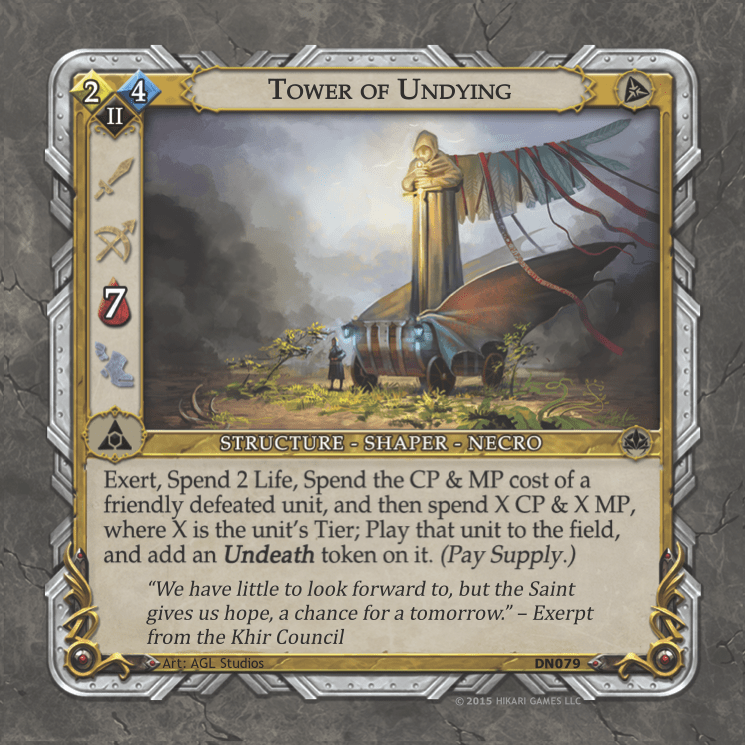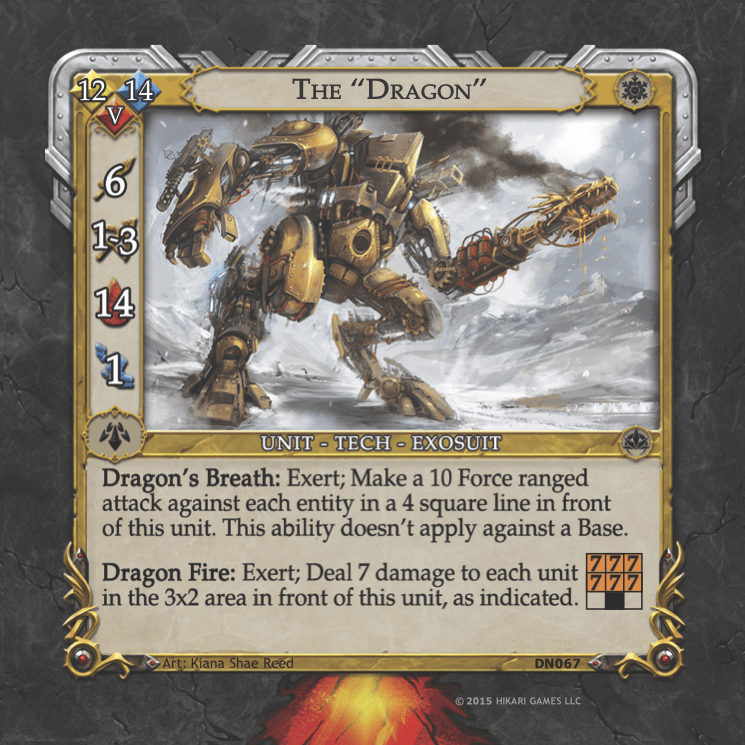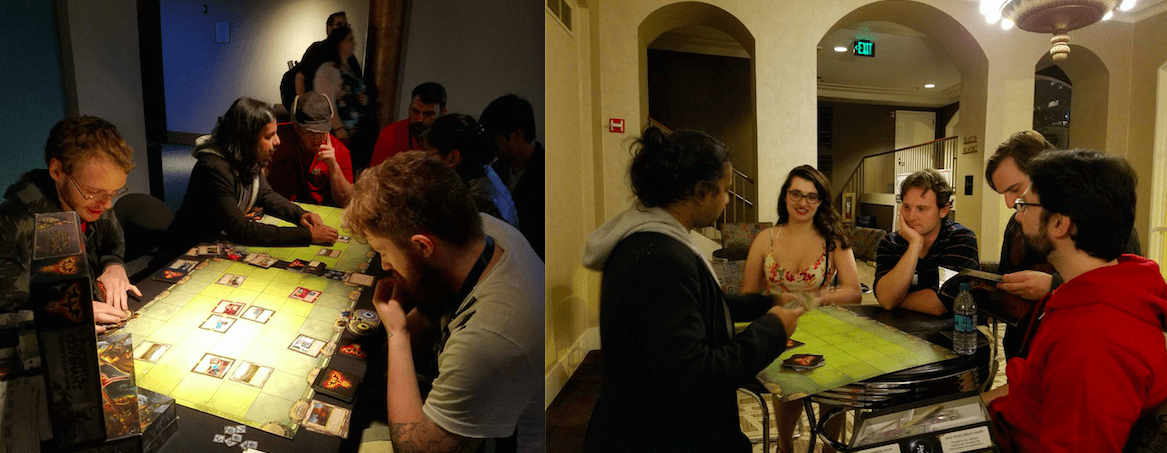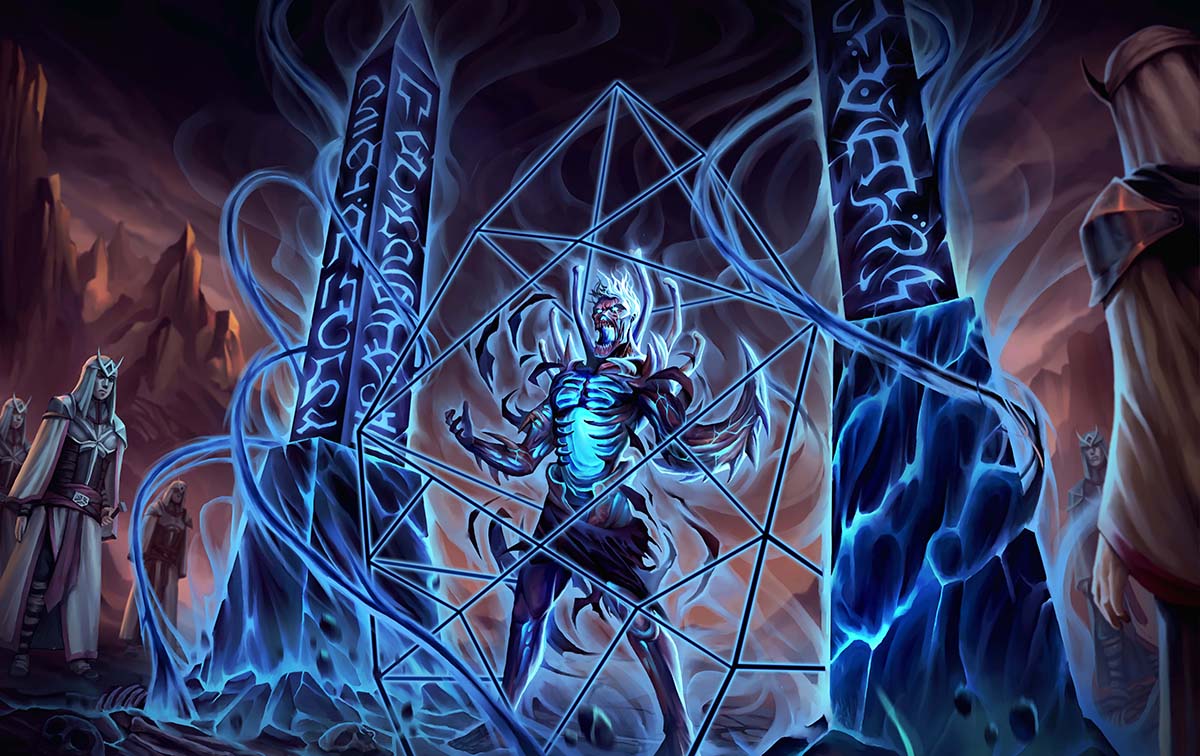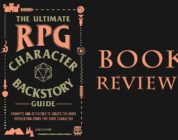Within the past five years or so, there has been a renaissance in the tabletop gaming world. With the rise of Kickstarter and other crowd-source funding options, hundreds of game concepts are finally finding players and publication. Phoenix Covenant is one such game, given life through Kickstarter. Most are describing it as Magic: The Gathering meets Final Fantasy Tactics. How does this unique spin on card battling play? Let’s break it down.
So, to preface this with a bit of anecdote, I found Hikari Games while making my way towards an appointment during PAX East back in March. I was stuck in foot traffic, locked in place for quite a while. I was stopped by the booth attenders, who asked if I had twenty minutes or to check out the game. He gave me the quick premise and I was drawn to give it a shot. About thirty minutes of learning how to play and I was blown away, eager to get my hands on a copy to show to friends. I bought Phoenix Covenant (at a discount alongside agreeing to review the game) without caring about whether it would fit in my luggage or not, I just wanted to show other people this unique tabletop experience.

Card layout looks a little complex at a glance, but is pretty easy to pick up after playing the game once or twice.
So, in the simplest of terms, playing Phoenix Covenant is a mix between Magic: The Gathering and Final Fantasy Tactics. The cards are square and how they are rotated on the board matters a ton. Just about every unit has shields and a weak point, which halves or doubles incoming damage respectively. Players take turns and summon monsters on the game board (separated into a big grid), which are then moved forward to the opposite side of the field to deal damage to that player. Players battle it out with a back and forth rhythm, summoning monsters, casting spells, and making tactical decisions. If one’s life points hit zero, its game over.
Hitting a player directly isn’t the only way to damage them though. Players can also attack Hardpoints, with each player having two. These Hardpoints take half as much damage, as they are surrounded in shields, but they are a little closer than the player’s base. Structure cards can also be played from a player’s side-deck at any time, which can provide all sorts of bonuses. This adds another layer of strategy to the deck-building portion of the game, as the side-deck doesn’t have to be drawn from.
Card types include the usual assortment of monsters, soldiers, spells, and such. However, all of the characters in the starter box feel uniquely designed with each having a particular use. For example, during my play tests with my friend Erik, I found myself facing a deck of machines that focused on gathering Scrap to do other things. A couple hours later and I finally came away with a victory, but it never felt like it was assured. This was mostly due to how Phoenix Covenant treats resources and the rubber band effect built into the game.
Cards are played using two different resources, Mana Points and Command Points. Each turn (aside from the first turn of the game) players get two points to spend how they choose. They can either put one of each into their pools, or double down. This adds extra strategy and planning even to how resources are gained! Not only that, but the max points also have to be spent depending on what tier the card is, meaning this pool will shift around a lot throughout a typical match.
Also built into combat is the rubber band effect mentioned earlier. This gives the player back Command Points when a unit is destroyed. For example, if a Tier 3 unit is defeated, the next refill step will grant that player three Command Points to their max. This means that clearing monster after monster could leave a player facing a new field of danger on the next turn. I really like this feature of Phoenix Covenant, as being “Mana screwed” is almost worked out of the core gameplay entirely.
For a full rule guide, check out the official document from their website.
What results is this interesting back and forth, making each turn and move feel weighted with consequence. Once again, I never felt like victory was assured and every single move I made had to be thought out carefully. There is a ton of choice when playing Phoenix Covenant, which also makes each match feel unique. I can set myself up for a particular strategy, but there has to be fallback strategies as well in case things don’t go my way.
As far as deck building goes, I haven’t had the chance to start tearing apart decks for my own purposes. All of my testing was done with the standard decks. This means that if there is some sort of broken strategy possible, I’m not aware of it. This sort of unbalance seems unlikely though when considering all the cards available in this starter box.
The Phoenix Covenant community has been working on new deck builds though. There is also a Discord, which is where a lot of players and developers hang out. The game’s website also has some great information on special rulings, deck builds, and game variants. After learning the main game, I highly recommend checking out some of these resources to enrich the experience further.
As far as product quality is concerned, there is nothing to worry about when picking up Phoenix Covenant. The game board is big and sturdy, the cards are well made, and the guidebook does a great job of explaining how to play. To ween new players into it, there are several puzzles to solve, which slowly incorporates mechanics to make learning pretty quick. There are also a ton of punch-out tokens to signify status effects, Exertion (this game’s version of Summoning Sickness), health, and more.
Of course, I’m nowhere close to mastering the mechanics and I constantly refer to the rules or the handy quick rules card. However, even in this starter box, there is enough to mess around with to provide hours upon hours of fun. There are four ready decks to play with, as well some extra cards and blank cards to experiment with. Deck building looks to be pretty fun and the community has been steadily toying with all the possibilities.
Later on, Hikari Games will be releasing a much smaller introduction set, that will also be a booster for those wanting more cards. I eagerly await this expansion; I can’t wait to see what sort of new strategies could emerge. With regular expansions, this could be a smash hit across the tabletop gaming space.
I don’t get the chance to do much tabletop gaming, as I’m always playing something for review here at Marooners’ Rock. However, I have found myself itching to play Phoenix Covenant quite a bit in the last few months, often begging my friends to come give it a go. As of now, I don’t have a lot of negative criticism for the game. Each match was fun and challenging and the rules seems sound enough. If anything, I will say that my first match took about four hours, but this was with Erik and I looking up rules and scenarios during almost every turn. Obviously, the more the game is played, the quicker it will go, so this hardly a point to consider a negative.
If Magic: The Gathering, Yu-Gi-Oh, or Hearthstone is starting to feel stale, try looking into Phoenix Covenant. As a fan of tactical RPGs in general, I can’t recommend this one enough.
To order a copy of Phoenix Covenant, check out the official site. For an in-depth wealth of resources, hit this area of the website.

